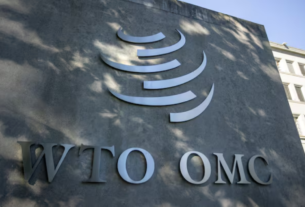On January 28, 2025, the Chinese government announced that it would prioritize physical education in schools to combat rising childhood obesity rates. Education authorities plan to increase physical activity hours, improve sports facilities, and revise curricula to emphasize fitness. The initiative addresses growing concerns about the health of the nation’s youth.
Recent studies reveal that nearly 20% of Chinese children and adolescents are classified as overweight or obese. “The rise in obesity is alarming and requires immediate action,” said Zhang Wei, a senior official at the Ministry of Education. Experts attribute the issue to poor dietary habits, reduced physical activity, and increased sedentary lifestyles.
Under the new plan, schools will introduce mandatory daily exercise programs and ensure students receive at least three hours of physical activity per week. Sports such as basketball, soccer, and track events will be prioritized to encourage participation. “We aim to instill healthy habits in children from a young age,” Zhang added.
The government is also working to train more physical education teachers and provide funding for upgraded sports facilities in urban and rural schools. Poor access to quality resources has been a challenge in implementing fitness programs. “We must ensure every student, regardless of location, has opportunities to stay active,” Zhang emphasized.
Authorities are launching campaigns to educate families about healthy eating. The Ministry of Health is collaborating with schools to provide nutritional guidelines and introduce more nutritious meals in school cafeterias. “Parents and schools must work together to improve children’s overall health,” said Li Qiang, a nutrition expert.
Urbanization and digital entertainment have been linked to sedentary lifestyles among Chinese youth. Increased screen time, particularly with smartphones and online games, has reduced outdoor time. “Technology cannot replace physical activity; balance is crucial,” Zhang noted.
Parents and educators have welcomed the initiative, though some express concerns about implementation challenges. “This is a step in the right direction, but schools will need more resources to make it successful,” said Wang Jing, a Beijing-based parent. Experts also highlight the need for sustained efforts to ensure lasting impact.
The focus on physical education aligns with China’s broader goal of improving public health and reducing long-term healthcare costs. Chronic conditions like diabetes and heart disease, often linked to obesity, are expected to strain health systems in the future. “Investing in children’s health now prevents larger problems later,” Li said.
The initiative reflects a global trend as countries address rising childhood obesity rates. The World Health Organization (WHO) has urged governments to adopt comprehensive strategies promoting exercise and healthy diets. China’s efforts may serve as a model for other nations facing similar challenges.
China’s education reforms aim to reverse troubling health trends among its youth. The government hopes to foster a healthier, more active generation by prioritizing physical activity and nutrition. “This is about securing a better future for our children and the country,” Zhang concluded.




